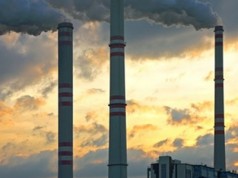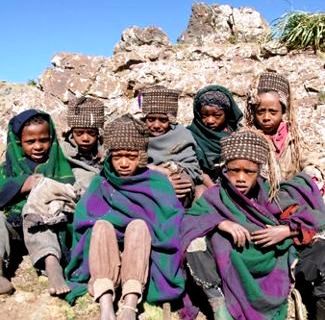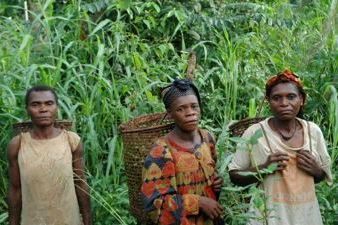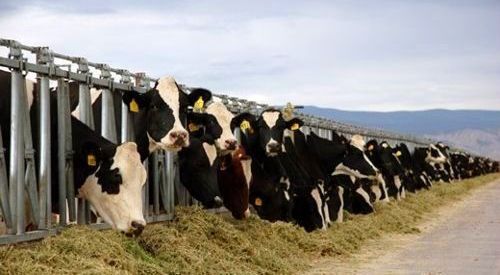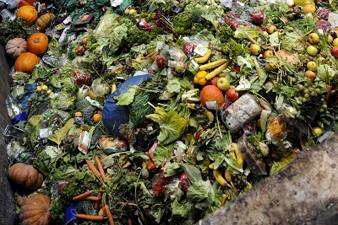
A combination of consumer behaviour and lack of communication in the supply chain underlies the higher levels of food waste in affluent societies, according to FAO. Consumers fail to plan their shopping, over-purchase, or over-react to “best-before-dates”, while quality and aesthetic standards lead retailers to reject large amounts of perfectly edible food.
In developing countries, significant post-harvest losses in the early part of the supply chain are a key problem, occurring as a result of financial and structural limitations in harvesting techniques and storage and transport infrastructure, combined with climatic conditions favorable to food spoilage.
To tackle the problem, FAO’s toolkit details three general levels where action is needed:
- High priority should be given to reducing food wastage in the first place. Beyond improving losses of crops on farms due to poor practices, doing more to better balance production with demand would mean not using natural resources to produce unneeded food in the first place.
- In the event of a food surplus, re-use within the human food chain – finding secondary markets or donating extra food to feed vulnerable members of society – represents the best option. If the food is not fit for human consumption, the next best option is to divert it for livestock feed, conserving resources that would otherwise be used to produce commercial feedstuff.
- Where re-use is not possible, recycling and recovery should be pursued. By-product recycling, anaerobic digestion, composting, and incineration with energy recovery allow energy and nutrients to be recovered from food waste, representing a significant advantage over dumping it in landfills. (Uneaten food that ends up rotting in landfills is a large producer of methane, a particularly harmful GHG.)
Funding for the Food Wastage Footprint report and toolkit was provided by the Government of Germany.
Check the following link to read/download the Full Study:
http://www.fao.org/docrep/018/i3347e/i3347e.pdf
Source: UN FAO.



